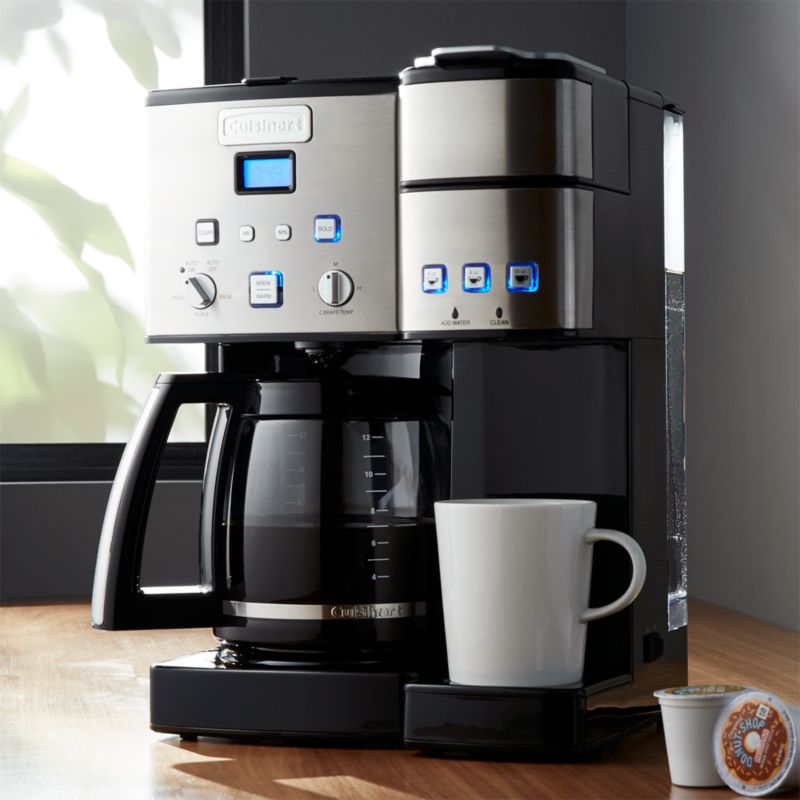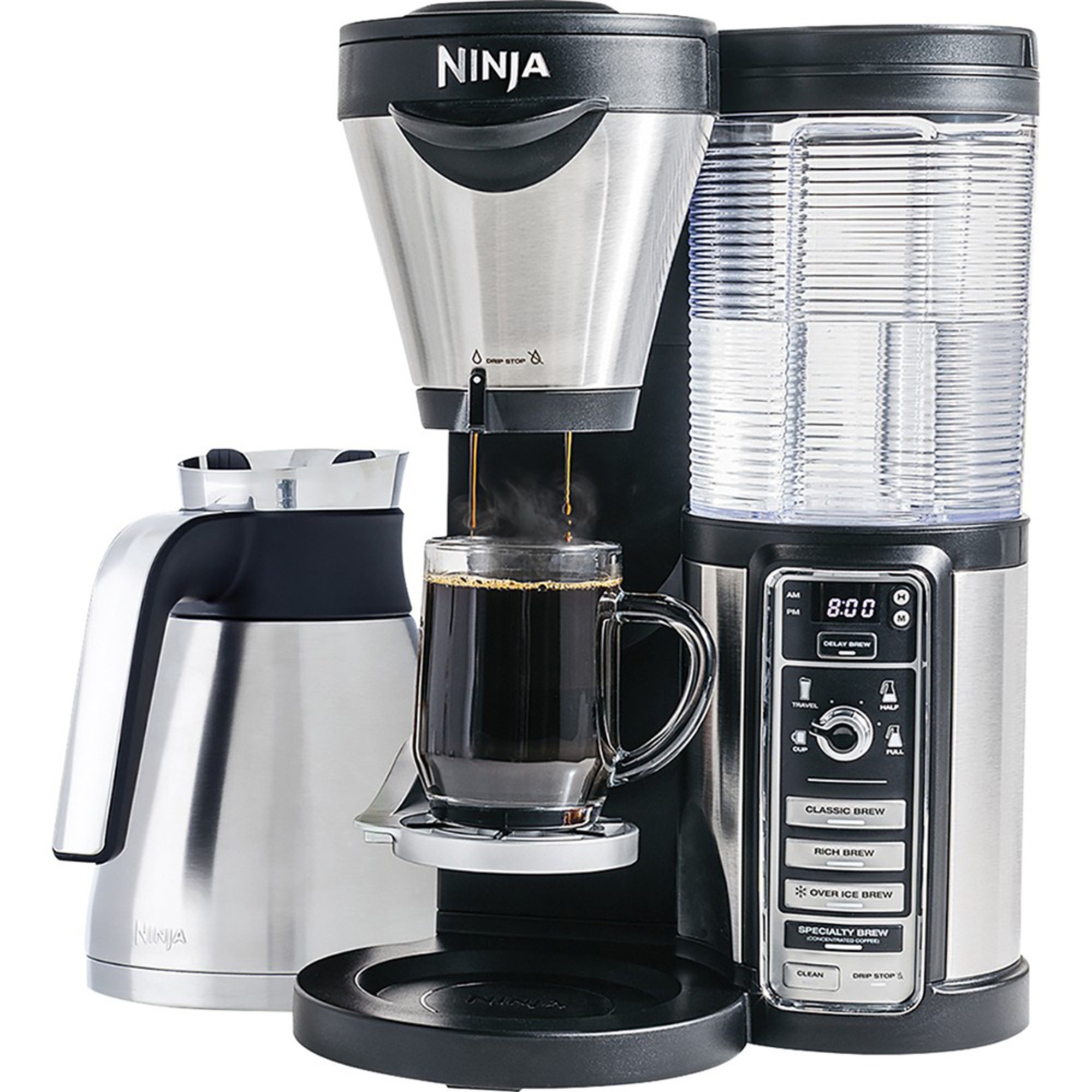BEST Coffee MAKERS FOR AT-HOME BREWING
Coffeemakers or coffee machines are cooking appliances used to brew coffee. While there are many different types of coffeemakers employing a number of different brewing principles, in the most common machines, coffee clays are placed in a clause or metal filter inside a run, which is set over a glass or ceramic coffee pot , a cooking bowl in the kettle pedigree. Cold sea is run into a separate enclosure, which is then heated up to the boiling point, and sent into the run. "Its also" called automatic drip-brew .
Best Drip Coffee Maker
For hundreds of years, making a bowl of coffee was a simple process. Roasted and ground coffee beans were placed in a jackpot or pan, to which hot water was included, followed by connect of a lid to begin the infusion process. Bowls were specially designed for brewing coffee, all with the purpose of trying to catch the coffee dirts before the coffee is scamper. Typical patterns peculiarity a pot with a flat expanded tush to catch stop soils and a sharp-witted extend spout that catches the floating grinds. Other designs peculiarity a wide protrusion in the middle of the pot to catch grimes when coffee is poured.
Posted in Concept future , device future , product design , Technology
In France, in about 1710, the Infusion brewing process was inserted. This involved submersing the dirt coffee, typically enclosed in a linen luggage, in hot water and telling it steep or "infuse" until the desired persuasivenes brew was attained. Nevertheless, throughout the 19 th and even the early 20 th centuries, it was considered adequate to add field coffee to hot water in a toilet or pan, simmer it until it smelled right, and extend the drink into a cup.
RE: Syphon / Vacuum Glass Coffee Maker
There were lots of inventions from France in the late 18 th century. With assistance from Jean-Baptiste de Belloy, the Archbishop of Paris, the relevant recommendations that coffee shall not be required to steamed gained credence. The first modern technique for encouraging coffee applying a coffee filter--drip brewing--is more than 125 years old, and its designing had changed little. The biggin , are produced in France ca. 1780, was a two-level container viewing coffee in a cloth sock in an upper locker into which sea was passed, to drain through gaps in the bottom of the locker into the coffee bowl below. Coffee was then dedicated from a spout on the side of the flowerpot. The excellence of the brewed coffee is conditional upon the size of the grimes- extremely coarse and the coffee was strong; very well prepared and the sea has not given an opportunity to drip the filter. A major impediment with this approach was that the goody of the cloth filter- whether cotton, burlap or an old-fashioned sock- transferred to the delicacy of the coffee. Around the same period, a French creator developed the" pumping percolator", in which simmering sea in a foot enclosure superpowers itself up a tube and then percolates( seeps) through the field coffee back into the bottom chamber. Among other French inventions, Count Rumford, an eccentric American scientist find ourselves in Paris, developed a French Drip Pot with an insulating sea hair to keep the coffee hot. Likewise, the first metal filter was designed and patented by French inventor.





